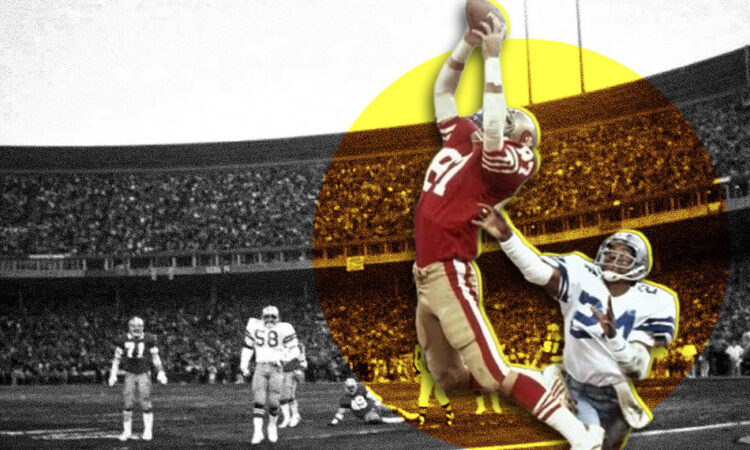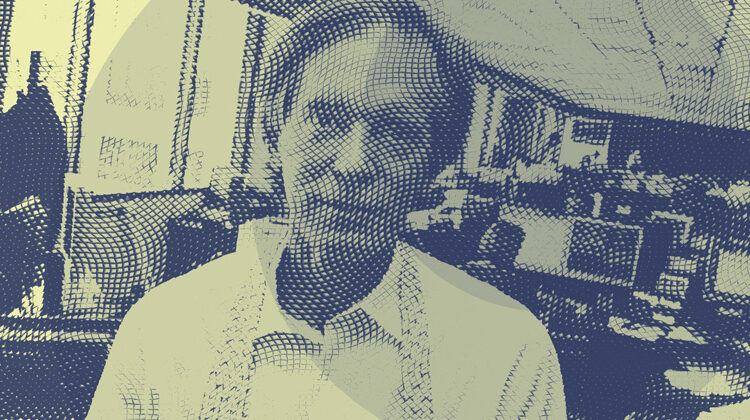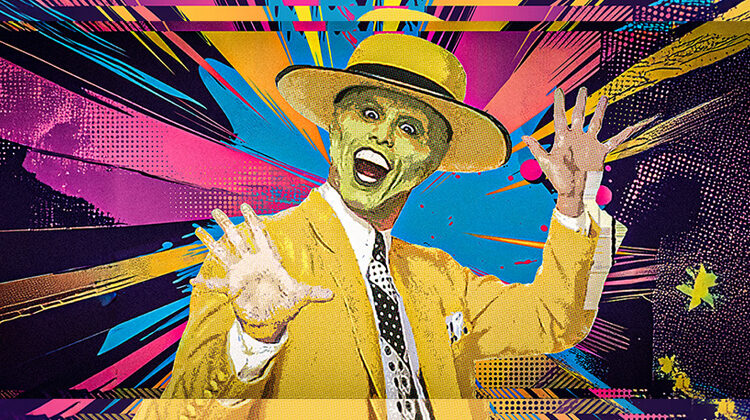
Off With Our Heads!
January 14, 2011
The Caine Mutiny
May 14, 2011Two-Bits, Four-Bits Six-Bits, a Dollar
The Gross family legend is rather full of Paul Bunyan tall tales passed down over the years but none perhaps more self revealing than “The Day When I Gave the Waitress a Negative Tip.” Admittedly I was young and full of testosterone but the service was terribly sloooww and I was in a big hurrrryyy! Finally presented with a $2.00 bill, I took two bucks and wrote the following on a nearby napkin: “Thanks for the sh… ty service, negative tip – you owe me 25 cents.” I didn’t stick around to see the reaction, but I’m sure it was a unique experience for the young lady. I was, of course, like any 21-year-old, in the business of establishing a repertoire of “unique” experiences and this was but one notch on my Paul Bunyan Axe.
These days, my negative two-bit tip would hardly leave a dent in the estimated $25 billion annual pool of tips left at American res taurants. No matter. What was revealing at the moment back in 1965 was what it said about me: impatient, willing to disap point people (at least strangers) and a little inconsiderate of some people. Maybe a little imaginative too. In any case, social scientists have recently confirmed that tipping does send a message and that it is more about the man or the woman in the mirror than the quality of the service. The primary reason for tipping appears to be social approval. Theoretically it is a power tool, a financial weapon that commands “treat or trick,” but studies since the 1940s have shown that most people do not have the requisite nerve to stiff a waitress even for unreasonable service. And too, William Grimes, in The New York Times, pointed out a decade ago that a waitress who touched her customers when asking if the meal was OK, raised her tip from 11 to 14% of the tab. Waiters’ personal introductions, as well as crouching at the table when taking an order, also worked famously. And here’s an interesting tidbit: Solo din ers leave an average tip of 19.7% while a five-some drops all the way to 13.2%. Evidently, the size of the tip is a factor, and a reason why restaurants charge 16%+ for groups of six or more. That surely would have enraged Leo Crespi, who at the turn of the 20th century proposed the forma tion of a National Anti-Tipping League.
While ahead of his time, he would likely play second fiddle to yours truly 65 years later who invented the “negative tip.” Recently my 22-year-old son, Nick, carved a notch on his own Paul Bunyan Axe with a negative $1.00 tip adjusted for 45 years of inflation. Tip off the old block, I’d say!
Speaking of investment tips, no clue or outright signal could have been any clearer than the one given in December 2008, labeled “Quantitative Easing.” While the term was new, the intent was obvious:




